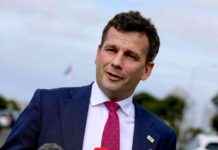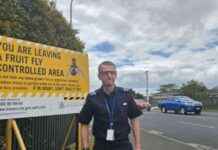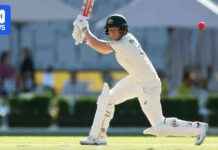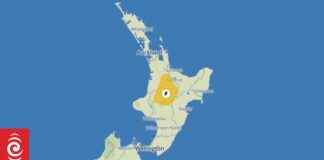The highly anticipated Waitangi political talks saw a surprising turn of events this year as the expected crowd failed to materialize. Various factors, including the tangihanga of Dame Iritana Tāwhiwhirangi and the absence of the Prime Minister, contributed to the subdued atmosphere. However, a significant reason for the lower turnout was the dissatisfaction with the organization of the pōwhiri by the national trust and Ngāpuhi.
Political leaders, including Green Party co-leader Marama Davidson, were met with last-minute changes and disruptions as they arrived at the upper treaty grounds for the traditional challenge. Davidson, who had chosen Waitangi as her return to politics after battling breast cancer, found herself unable to deliver her prepared Kōrero from the mahau, as initially planned. Instead, she shared her message with the media following the official proceedings, highlighting the challenges faced by attendees.
Organizational Controversy and Discontent
Leading up to the political talks, frustration simmered among those intending to make a strong statement against the coalition government. The national trust and Ngāpuhi determined the proceedings, opting for a simplified format with just two speakers from the home side. This streamlined approach contrasted starkly with the previous year, where iwi and protest leaders had a platform to voice their concerns.
The scaled-back pōwhiri this year led to an earlier conclusion, despite occasional interruptions and protests by Toitū Te Tiriti activists. Aperahama Edwards of Ngātiwai, a key figure in the protest movement, delivered a relatively calm address on the paepae. However, his unconventional act of taking the microphone from ACT leader David Seymour during his speech drew mixed reactions and sparked tensions among attendees.
Impact and Reflections
While the reduced format of the pōwhiri may have left some underwhelmed, the protest elements added a layer of intensity to the event. Shane Jones of New Zealand First threatened to reconsider funding the national trust following the microphone incident, only to have his stance challenged by other political parties. Despite the disruptions, political leaders managed to convey their messages, with Seymour even preempting potential protests by wearing a microphone to broadcast his views.
The evolving dynamics of the Waitangi political talks reflect the ongoing dialogue between the government and Māori communities. The subdued turnout and subdued criticism this year may be attributed to various factors, including the upcoming Treaty Principles Bill and the aftermath of the hīkoi to Parliament. While the atmosphere was tense at times, the peaceful nature of the event underscored the importance of open dialogue and mutual respect.
In conclusion, the Waitangi political talks serve as a platform for meaningful discussions and reflections on the nation’s history and future direction. Despite the challenges and controversies surrounding the event, the underlying message of unity and reconciliation remains at the forefront. As political leaders and activists navigate the complexities of Waitangi, the spirit of constructive dialogue and peaceful protest continues to shape the legacy of this historic gathering.

















